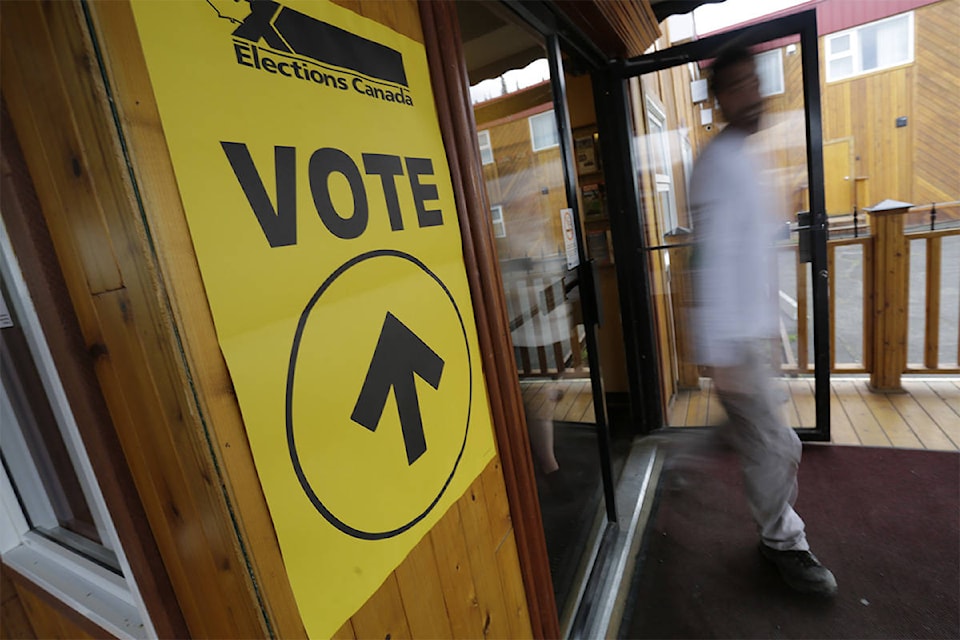The Yukon Electoral Boundaries Commission has recommended the addition of a new electoral district, a move that would bring the total number of ridings in the Yukon to 20.
The commission’s final report also suggested a redistribution that affects the boundaries of 12 existing districts.
“The proposed addition and redistribution are needed to accommodate growth, to connect areas that share common characteristics and transportation patterns, and to address the effect of limited accessibility and significant distances between communities,” read the report, which was released on April 19.
Shortly after its release, Liberal caucus chair Paolo Gallina issued a statement saying the Liberals find the addition of a 20th riding “concerning.”
He said Liberal MLAs will speak with Yukoners about it over the course of the summer, before the legislation is considered in the fall of 2018.
Stacey Hassard, leader of the official opposition, said he also looks forward to chatting with constituents this summer. He said he had concerns about changes to the Lake Laberge district, but fewer concerns about the creation of a new district.
“The proposed changes to Faro, Ross River and Carmacks are, in my mind, as the MLA for Faro and Ross River, I think that it’s probably a good thing,” he said. “As much as I don’t like to see the added cost of a 20th riding … it’s also very important that the rural representation is as strong as it can possibly be and I think that a Faro, Ross River, Carmacks riding probably is the best way to ensure as good a representation as possible for those three areas.”
Gallina said the findings of the final report differ from the findings presented in the interim report, which was released in late November 2017.
Lori McKee, chief electoral officer with the Yukon Electoral District Boundaries Commission, said that kind of discrepancy is to be expected.
She said there’s typically more feedback from the public after the release of an interim report. In this case, she said the commission heard 63 presentations when it travelled to 12 communities in February and March of this year.
She also said the previous commission (in 2007-08) had noted that representation wasn’t ideal, but didn’t propose a change. That commission only heard from four presenters in person. It also received 11 written submissions, compared to the 42 submissions received in 2018.
McKee said that now the final report has been submitted, the next step is to table the report in the legislature. That would happen during the next sitting.
“I would expect that the commission itself would not be involved in further consultation but I expect there would be an opportunity for debate in the assembly before decisions are made,” said McKee.
This year’s commission was chaired by Justice Ron Veale. Members included Anne Tayler, Jonas Smith and Darren Parsons. Each was appointed by a separate political party. McKee said that, over the seven months of the life of the commission, addressing issues of appropriate representation was key.
The final report outlines five main reasons the changes were proposed, including historic challenges to effective representation for Pelly-Nisutlin electoral district; the impact of adding one electoral district; projections for anticipated growth in the Whistle Bend neighbourhood; increasing population growth and community development in Mount Lorne-Southern Lakes; and the distinct interests of rural residents.
“While the commission initially felt very strongly that 19 electoral districts achieved the goal of effective representation, and proposed maintaining that number in the Interim Report, information received during the consultation process demonstrated to the Commission that an additional electoral district was justified, and indeed necessary,” reads the report.
Significant proposed changes include redistribution of the Pelly-Nisutlin district, combining the southern portions of Pelly-Nisutlin and Mount Lorne-Southern Lakes.
There was also a proposed redistribution of electoral districts in Porter Creek, in light of projected growth in Whistle Bend. The Porter Creek electoral district would include established neighbourhoods of Porter Creek south of Wann Road, and from Range Road to the Alaska Highway. Whistle Bend would include “recent, ongoing and projected growth in the new neighbourhood.” Whitehorse North would include the majority of the area north of Wann Road, as well as MacKenzie, Kulan, Crestview, MacPherson and Hidden Valley.
Additional proposals included in the 81-page report can be found online at yukonboundaries.ca.
Contact Amy Kenny at amy.kenny@yukon-news.com
